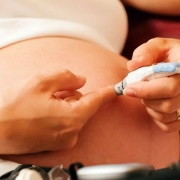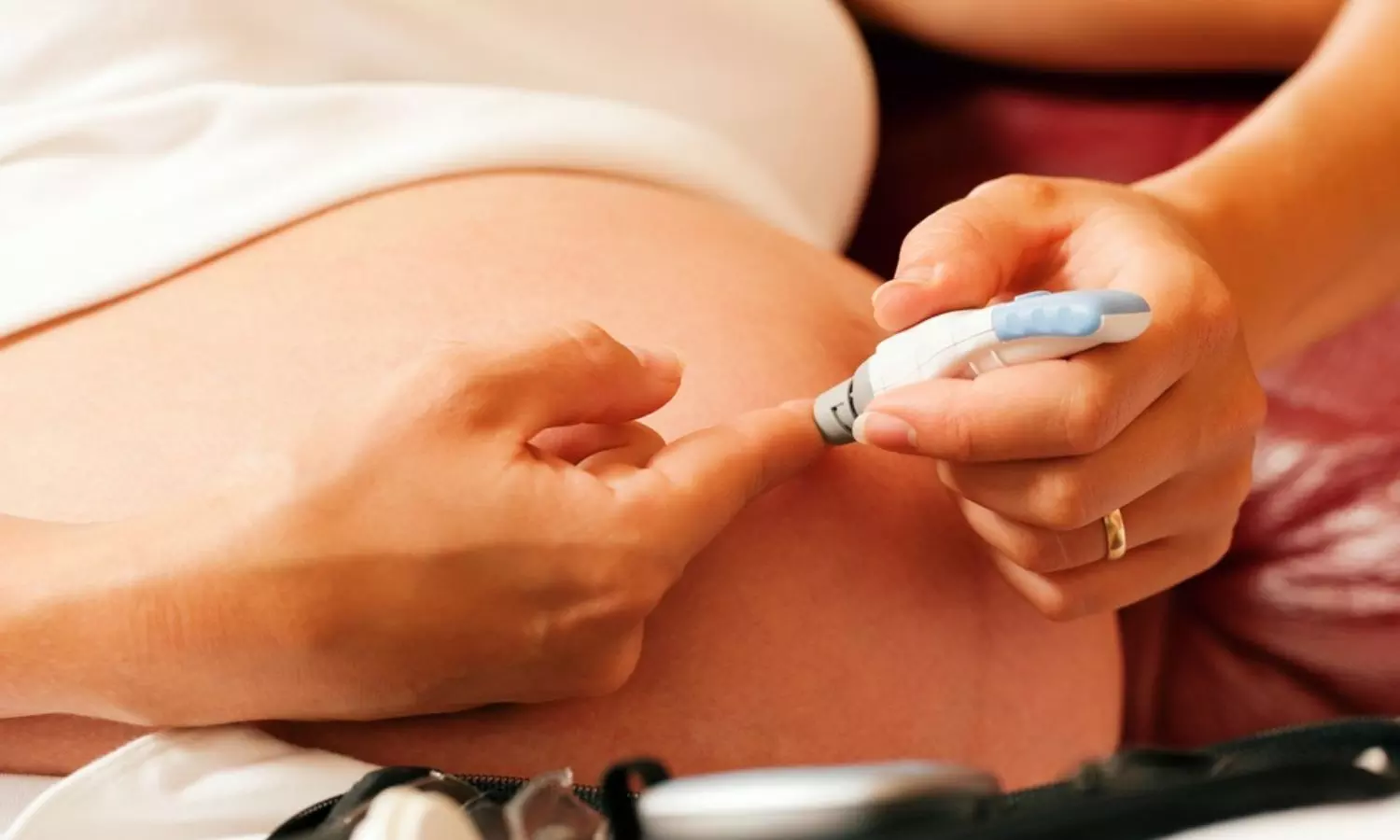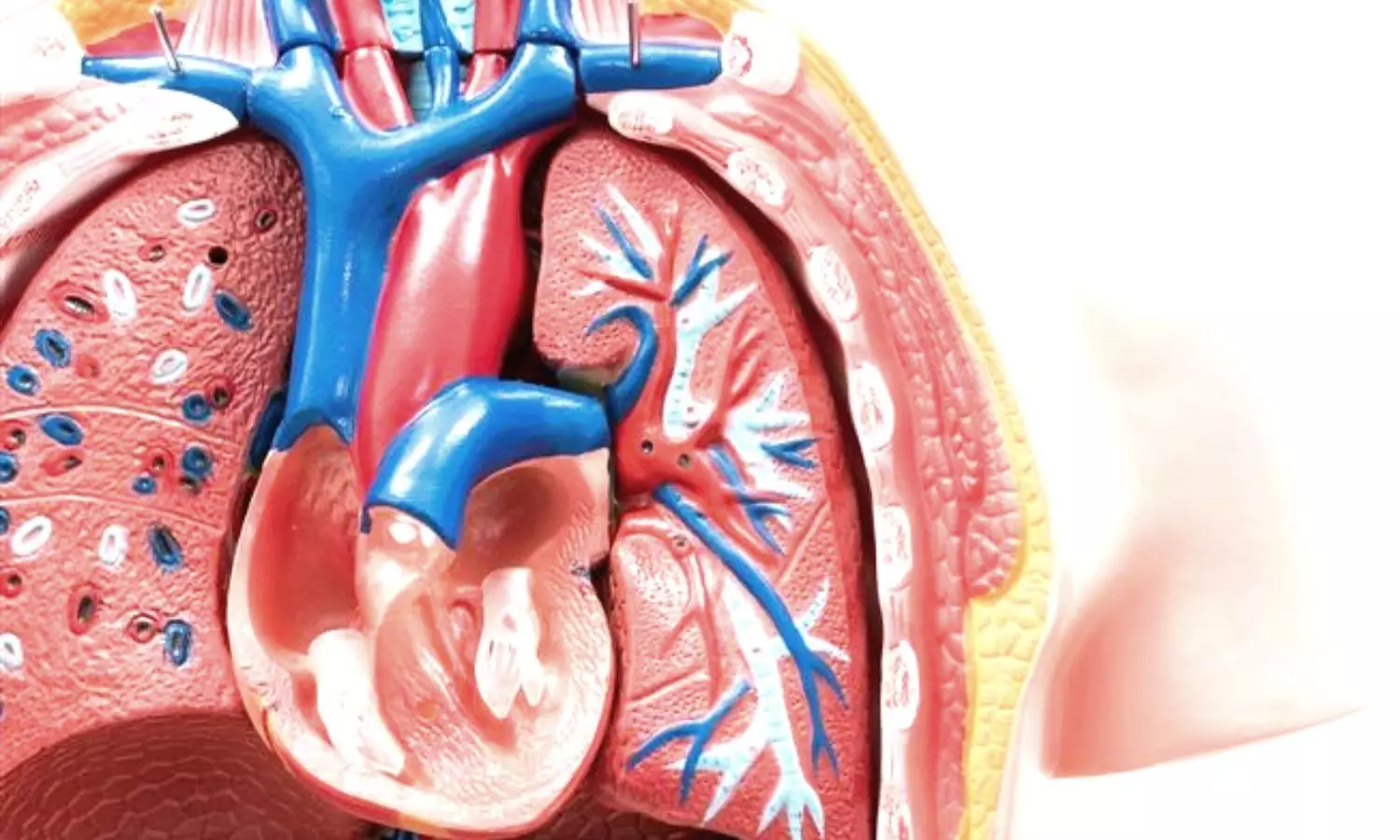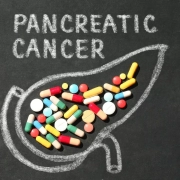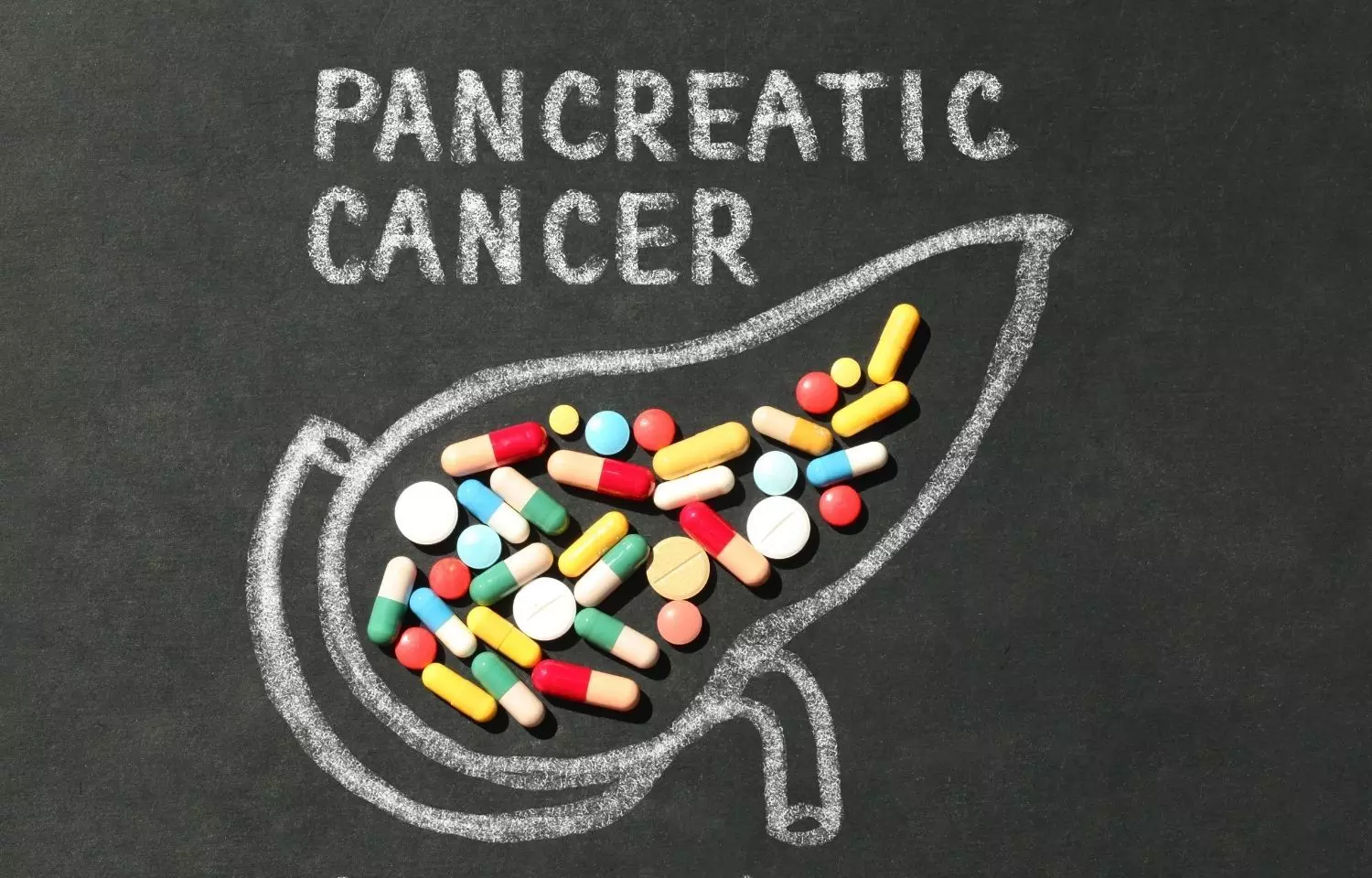Standards of Care in Diabetes 2024: ADA recommends more personalization, additional obesity measurements beyond BMI

USA: The American Diabetes Association (ADA) has released new screening and obesity management recommendations for diabetes patients. The updated Standards of Care in Diabetes—2024 is available online and is published as a supplement to the January 2024 issue of Diabetes Care.
The ADA’s Standards of Care for 2024 include new recommendations to screen for heart failure, type 1 diabetes risk, and peripheral arterial disease (PAD), along with new obesity management guidance. It also includes new recommendations related to bone health and liver disease. The Standards of Care are essentially the global guidelines for the care of individuals with diabetes and those at risk.
The ADA’s Professional Practice Committee developed the document via a scientific literature review. The panel comprised 21 professionals, including physicians from many specialities, certified diabetes care and education specialists, nurse practitioners, pharmacists, and dieticians.
This article will mainly focus on the ADA’s updates in obesity and weight management for the prevention and treatment of type 2 diabetes.
Obesity is a chronic, often relapsing disease with several physical, metabolic, and psychosocial complications, including a substantially increased type 2 diabetes risk. There is strong and consistent evidence that obesity management can delay the progression of prediabetes to type 2 diabetes (T2D) and is highly beneficial in T2D treatment.
The ADA aimed to provide evidence-based recommendations for obesity management, including pharmacologic, behavioural, and surgical intervention in people with, or at high risk of, type 2 diabetes.
Assessment and Monitoring of the Individuals with Overweight and Obesity
The use of person-centred, nonjudgmental language is recommended to foster collaboration between individuals and health care professionals, including person-first language.
To support the diagnosis of obesity, measure height and weight to calculate BMI and perform additional measurements of body fat distribution, like waist circumference, waist-to-hip ratio, and/or waist-to-height ratio.
At least annual monitoring of obesity-related anthropometric measurements is recommended to inform treatment considerations.
Accommodations should be made to provide privacy during anthropometric measurements.
In people with type 2 diabetes and overweight or obesity, weight management should represent a primary goal of treatment along with glycemic management.
People with diabetes and overweight or obese may benefit from any magnitude of weight loss. Weight loss of 3–7% of baseline weight improves glycemia and other intermediate cardiovascular risk factors.
Initial treatment approaches for obesity should be individualized.
Nutrition, Physical Activity, and Behavioral Therapy
Physical activity, nutrition, and behavioural therapy to achieve and maintain ≥5% weight loss are recommended for people with type 2 diabetes and overweight or obese.
Interventions including high frequency of counselling (≥16 sessions in 6 months) with a focus on nutrition changes, physical activity, and behavioural strategies to achieve a 500–750 kcal/day energy deficit be beneficial for weight loss and should be considered when available.
Structured programs delivering behavioural counselling (face-to-face or remote) to address barriers to access should be considered.
Nutrition recommendations should be individualized to the person’s preferences and nutritional needs.
When developing a plan of care, systemic, structural, and socioeconomic factors that may impact nutrition patterns and food choices should be considered, such as food access to healthful food options, insecurity and hunger, cultural circumstances, and other social determinants of health.
For those who achieve weight loss goals, long-term (≥1 year) weight maintenance programs are recommended, when available.
When short-term nutrition intervention using structured, very low-calorie meals (800–1,000 kcal/day) is considered.
Nutritional supplements are not effective for weight loss and are not recommended.
Pharmacotherapy
Whenever possible, minimizing medications for comorbid conditions that are associated with weight gain is recommended.
When choosing glucose-lowering medications for people with type 2 diabetes and overweight or obesity, prioritize medications with beneficial effects on weight.
Obesity pharmacotherapy should be considered for people with diabetes and overweight or obesity along with lifestyle changes. Potential benefits and risks must be considered.
In people with diabetes and overweight or obesity, the preferred pharmacotherapy should be a glucagon-like peptide 1 receptor agonist or dual glucose-dependent insulinotropic polypeptide and glucagon-like peptide 1 receptor agonist with greater weight loss efficacy (i.e., semaglutide or tirzepatide), especially considering their added weight-independent benefits.
To prevent therapeutic inertia, for those not reaching goals, reevaluate weight management therapies and intensify treatment with additional approaches.
Metabolic Surgery
Metabolic surgery should be considered as a weight and glycemic management approach in people with diabetes with BMI ≥30.0 kg/m2 who are otherwise good surgical candidates.
Metabolic surgery should be performed in high-volume centres with interprofessional teams knowledgeable about and experienced in managing obesity, diabetes, and gastrointestinal surgery.
People who undergo metabolic surgery should receive long-term medical and behavioural support and routine micronutrient, nutritional, and metabolic status monitoring.
In people who undergo metabolic surgery, routinely screen for psychosocial and behavioural health changes and refer to a qualified behavioural health professional as needed.
To sum up, new updates in managing obesity in people with diabetes, include approaches to reduce therapeutic inertia, support more personalization, and incorporate additional obesity measurements beyond body mass index (i.e., waist circumference, waist-to-hip ratio, and/or waist-to-height ratio).
Reference:
American Diabetes Association Professional Practice Committee; 8. Obesity and Weight Management for the Prevention and Treatment of Type 2 Diabetes: Standards of Care in Diabetes–2024. Diabetes Care 1 January 2024; 47 (Supplement_1): S145–S157. https://doi.org/10.2337/dc24-S008
Powered by WPeMatico






